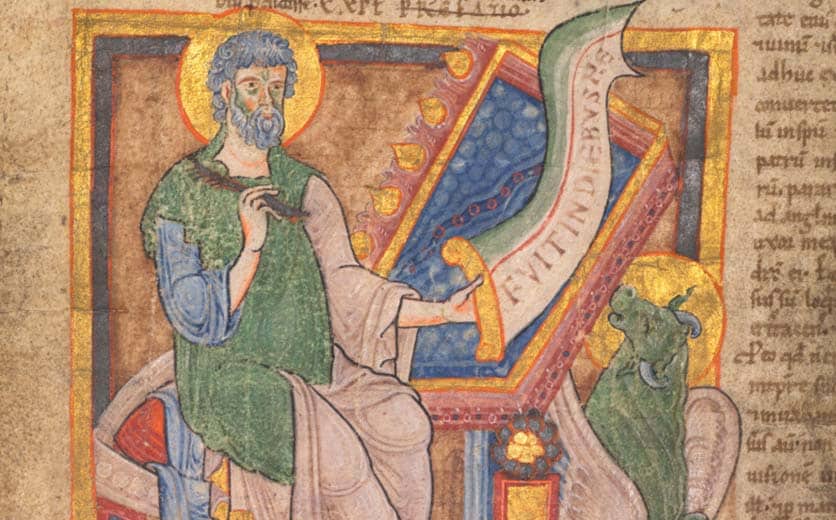Archaeology is going through a very exciting revolution these days. When I speak to my students I %%tell them archaeology ten years ago or twenty years ago was a ship going this way and now the ship is going that way, a different direction and the reason is the incorporation of the exact and life sciences into archeological research.
Now, this is something that every person can really easily understand. The evidence is divided into two. There is the macro of evidence, which means even in this room there is a macro of evidence—you are here and you are here and the camera is here and I am sitting here on a chair. And there is the micro evidence, you know, things that cannot be seen by us but can be seen under a microscope. The same goes for archaeology, and the “micro” side of archaeology is very important. It has, for instance, the side of chronology, radiocarbon dating. It has the possibility to tell us things about ancient society as if [when] we conduct properly ancient DNA studies. This is possible today; it was not possible twenty or thirty years or twenty-five years ago.
So we do radiocarbon and we do geo-archaeology and we do residue analysis which means to try to identify residues, molecular residues, in ceramic vessels from 3,000 years ago; and we do paleo-climate and we do ancient DNA and so on and so forth. The results are very exciting.




